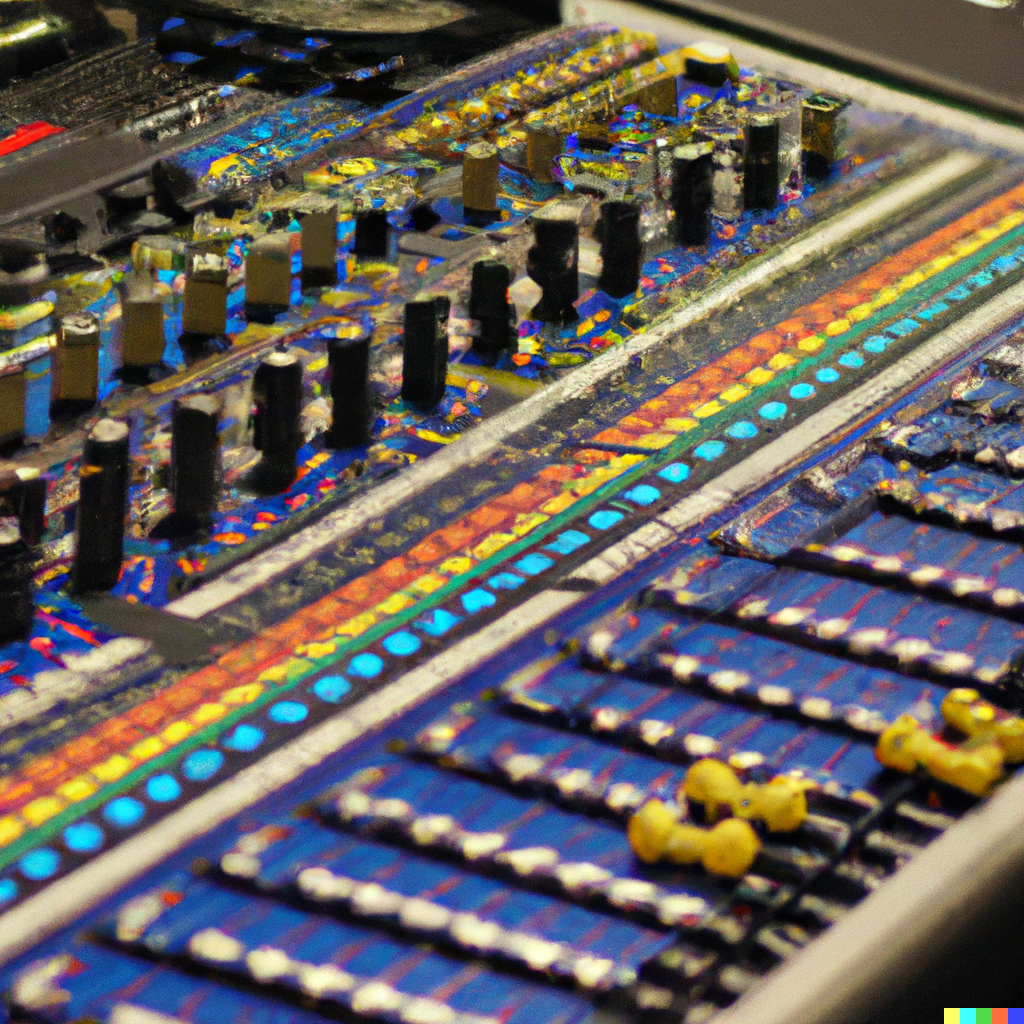
EQ and Frequency Management in Mixing: A Comprehensive Guide
In music production, mixing is an important process that ensures a balanced and cohesive sound. One of the key aspects of mixing is the use of EQ (Equalization) to manage the frequencies in a track. Effective frequency management can make a significant difference in the overall sound quality and impact of a mix. In this article, we will explore the basics of EQ and frequency management in mixing, and provide tips and techniques to help you achieve the best results.
Table of Contents
- Introduction to EQ and Frequency Management
- Understanding the Frequency Spectrum
- Types of EQ and their Characteristics
- Basic EQ Techniques for Frequency Management
- Advanced EQ Techniques for Frequency Management
- Balancing Frequency Ranges in a Mix
- Addressing Common Frequency Issues in Mixing
- Using EQ to Shape Sounds and Create Space in a Mix
- Tips and Tricks for Effective Frequency Management
- Understanding Phase and Its Impact on Frequency Management
- Utilizing EQ in Parallel Processing
- EQ in Mastering: Finalizing a Mix
- Using EQ in Different Genres and Styles of Music
- EQ and Frequency Management with Vocals
- Conclusion
- FAQs
Introduction to EQ and Frequency Management
EQ is a tool used to adjust the balance of frequencies in an audio signal. The frequency spectrum of an audio signal ranges from low frequencies (bass) to high frequencies (treble). Each frequency range contributes to the overall sound of a track and can be manipulated with EQ to achieve the desired result.
Frequency management in mixing involves controlling the balance of frequencies in a track or mix to achieve clarity, separation, and impact. By using EQ effectively, you can enhance the tonal balance of individual instruments, remove unwanted frequencies, and create space for each element in the mix.
Understanding the Frequency Spectrum
The frequency spectrum is divided into different ranges that correspond to different parts of the sound spectrum. The most common frequency ranges are:
- Sub-bass (20Hz – 60Hz)
- Bass (60Hz – 250Hz)
- Low mids (250Hz – 500Hz)
- Midrange (500Hz – 2kHz)
- Upper mids (2kHz – 4kHz)
- Presence (4kHz – 6kHz)
- Brilliance (6kHz – 20kHz)
Understanding the frequency spectrum and the role of each frequency range is crucial in effective frequency management.
Types of EQ and their Characteristics
There are different types of EQ, each with its own characteristics and applications. The most common types of EQ are:
- Graphic EQ: a fixed set of frequency bands with adjustable levels
- Parametric EQ: adjustable frequency bands with adjustable levels and Q factor
- Shelving EQ: boosts or cuts all frequencies above or below a set frequency
- High-pass and Low-pass Filters: cuts frequencies above or below a set frequency
Each type of EQ has its strengths and weaknesses and can be used to achieve different results.
Basic EQ Techniques for Frequency Management
One of the most common uses of EQ in mixing is to address frequency clashes between different elements in a mix. Some basic EQ techniques for frequency management include:
- Cutting frequencies: removing frequencies that are not contributing positively to the overall sound of a track
- Boosting frequencies: enhancing the desired frequency range of an instrument
- Low-pass and High-pass filters: cutting off unwanted low or high frequencies to make space for other elements in the mix
Advanced EQ Techniques for Frequency Management
In addition to basic EQ techniques, there are advanced EQ techniques that can be used for frequency management. Some of these techniques include:
- EQ Matching: matching the frequency balance of one track to another
- Dynamic EQ: using EQ in a dynamic manner to address frequency issues that occur over time

Leave a Reply